Green monster?
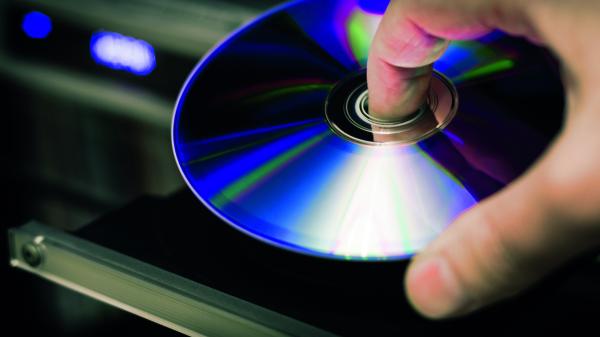
We’re all trying to be greener now, thanks to the valiant campaigning efforts of Sir David Attenborough and others in persuading us to reduce our carbon footprint. I compost our household food waste, turn off the lights when leaving a room, eat organic and take my own reusable bags to the supermarket. I’m sure most environmentally responsible HFC readers do much the same. But have you ever stopped to consider the negative impact of how we listen to music?
I confess it had never even occurred to me, although if pressed I would have guessed that streaming has less of a carbon footprint than physical forms such as vinyl and CD. At least, I hadn’t thought about it until I was sent a recent report by Sharon George and Deirdre McKay, two Keel University academics in environmental science.
They begin by tracking the carbon footprint of the cycle of waste and destruction as old technologies have been replaced by new ones – and guess what? Our parents and grandparents 80 years ago were greener when they were listening to 78s made out of shellac, which wasn’t a fossil fuel derivative but was made from a natural resin secreted by the female kerria lacca bug.
However, shellac was brittle and prone to water damage, so PVC plastic records were developed to last longer. Then, in the eighties records were replaced by CDs, which were made of layered polycarbonate and aluminium, which has slightly less environmental impact than PVC. But CD can’t be reused because it is difficult to separate its component parts for recycling. So discarded discs end up as landfill.
But here comes the real surprise. According to George and McKay, streaming music might even be the least environmentally friendly option. Electronic music files are stored on active, cooled servers. When we opt to stream a track, the information is retrieved and transmitted across the network to a router, which is transferred by wi-fi to our electronic device. If it is a track we stream over and over again, this energy-using process grows increasingly costly.
By contrast, once you’ve purchased an album on CD or vinyl, you can play it as many times as you like and – after its physical production – the only carbon emission comes from running the player. It is estimated that if we stream our music via a decent sound system, we use 107 kilowatt hours of electricity a year. A CD player uses just 34.7.
But it gets worse. Another report, by Kyle Devine at the University of Oslo and Matt Brennan at the University of Glasgow, estimates that greenhouse gas (GHG) emissions have risen sharply since the preferred method of musical delivery switched from physical to digital.
The amount of GHGs generated by the energy needed to transmit music for streaming is now estimated to be between 200 and 350 million kilograms per annum. Some 20 years ago music consumption by physical formats resulted in the emission of approximately 150 million kilograms of GHGs. Internet data centres are reportedly now responsible for two percent of the world’s GHG emissions, a carbon footprint that is almost equal to that of the airline industry.
Doing your bit
So, short of going back to shellac, what is the greenest option for the environmentally concerned music lover? George and McKay calculate that if you only listen to a track a couple of times, streaming leaves a smaller carbon footprint than vinyl or CD. But if you intend to listen to it repeatedly, a physical copy is best. Their best calculation is that streaming an album over the internet more than 27 times will use more energy than it takes to produce and manufacture the same CD. In order to reduce your impact on the environment when accessing online music, they recommend that “storage on smartphones, computers or local network drives keeps the data closer to the user and will reduce the need for streaming over distance from remote severs across a power-hungry network.” Ultimately the message should hearten music lovers. “Whatever the format, owning copies of our favourite music, and playing them over and over again, might just be the best option for our environment.” Which suits me just fine – and I’m guessing most readers, too. NW
So, short of going back to shellac, what is the greenest option for the environmentally concerned music lover? George and McKay calculate that if you only listen to a track a couple of times, streaming leaves a smaller carbon footprint than vinyl or CD. But if you intend to listen to it repeatedly, a physical copy is best. Their best calculation is that streaming an album over the internet more than 27 times will use more energy than it takes to produce and manufacture the same CD. In order to reduce your impact on the environment when accessing online music, they recommend that “storage on smartphones, computers or local network drives keeps the data closer to the user and will reduce the need for streaming over distance from remote severs across a power-hungry network.” Ultimately the message should hearten music lovers. “Whatever the format, owning copies of our favourite music, and playing them over and over again, might just be the best option for our environment.” Which suits me just fine – and I’m guessing most readers, too. NW
CURRENT ISSUE
 |
Inside this month's issue: Arcam Radia A25 integrated amp, iFi Audio iDSD Diablo 2 DAC/headphone amp, Eversolo DMP-A8 streamer/DAC/preamp, Line Magnetic LM-845IA valve amp, Record Store Day Spring Drop, standmount loudspeaker Group Test and much, much more
|




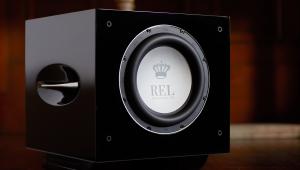
.jpg)
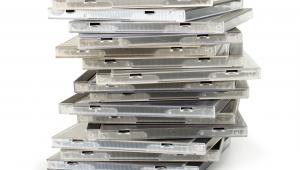



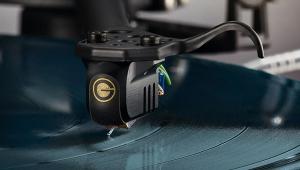


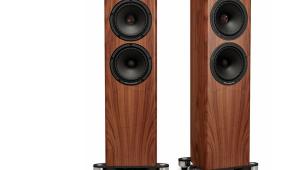
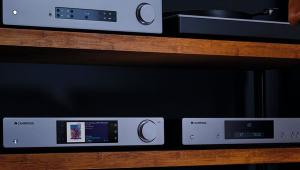

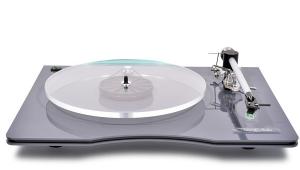


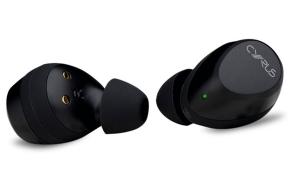


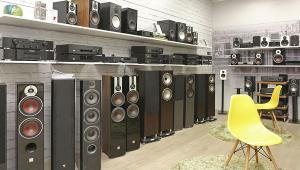






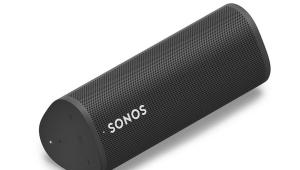

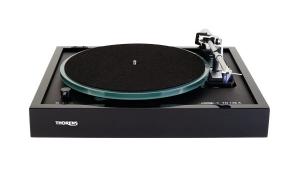
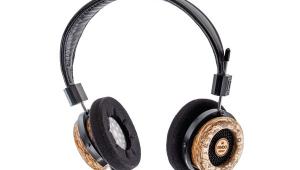



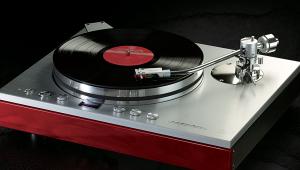


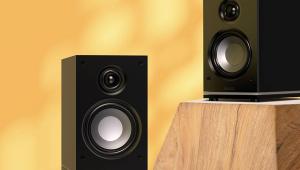
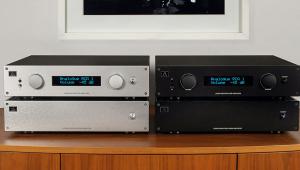
.jpg)



